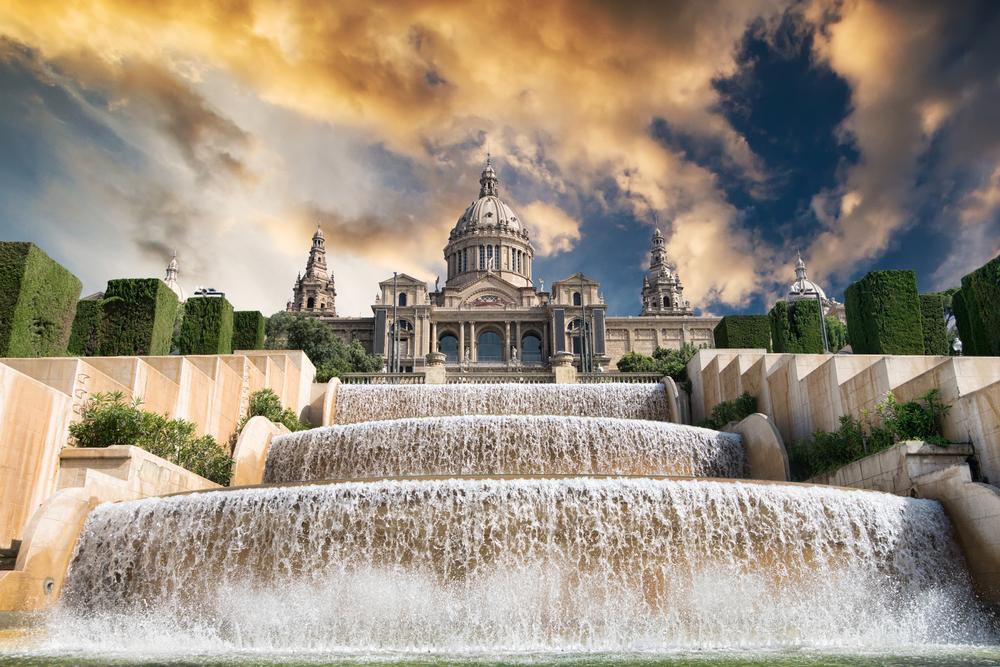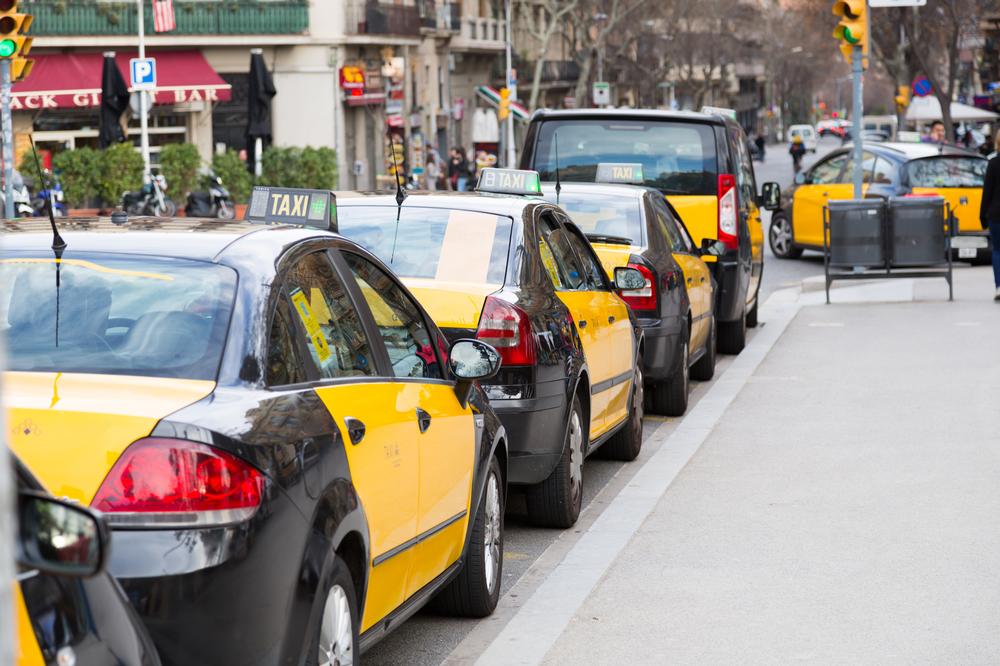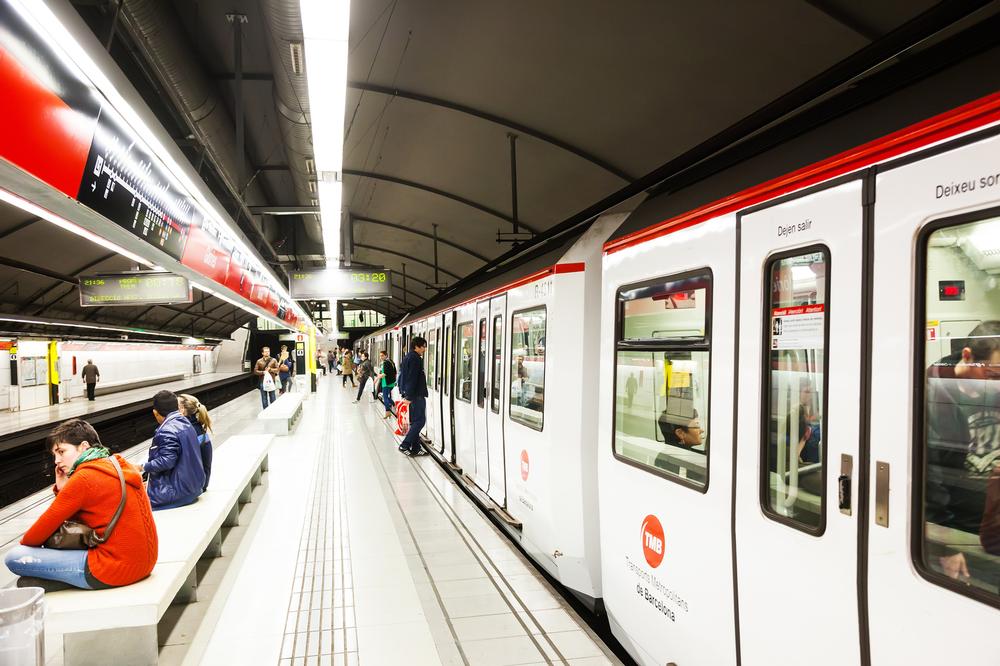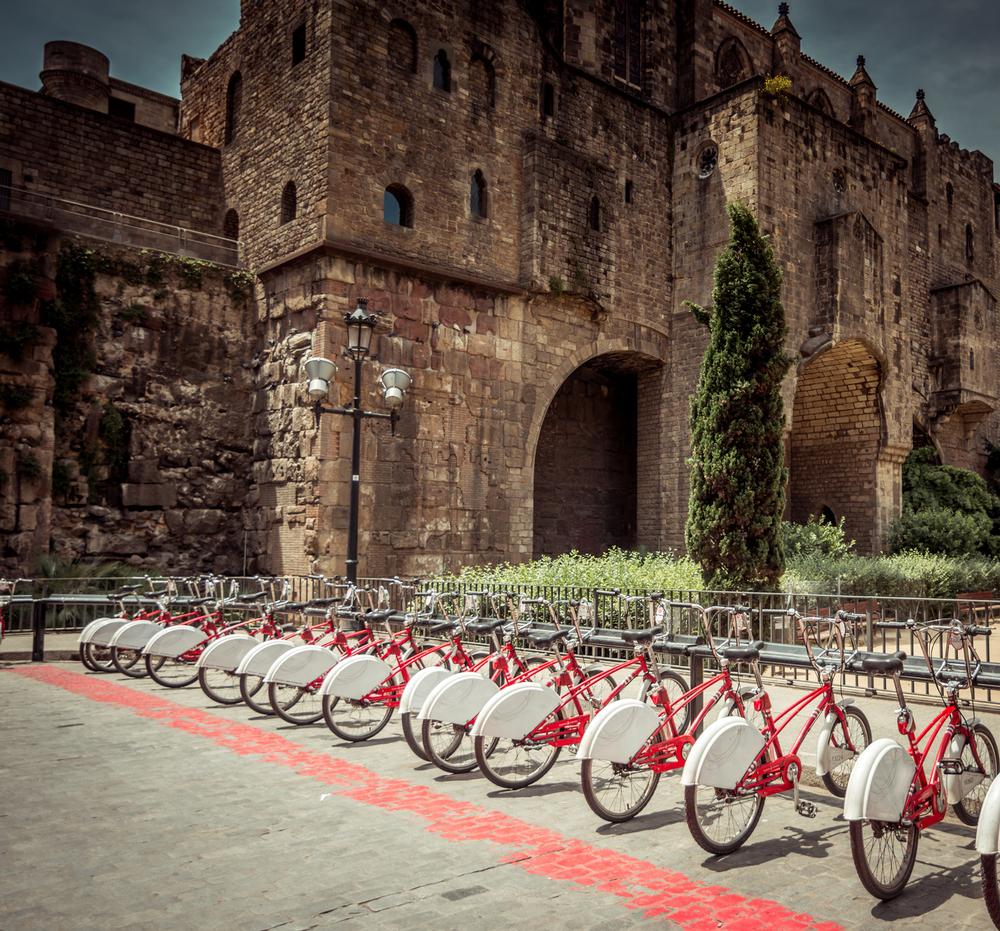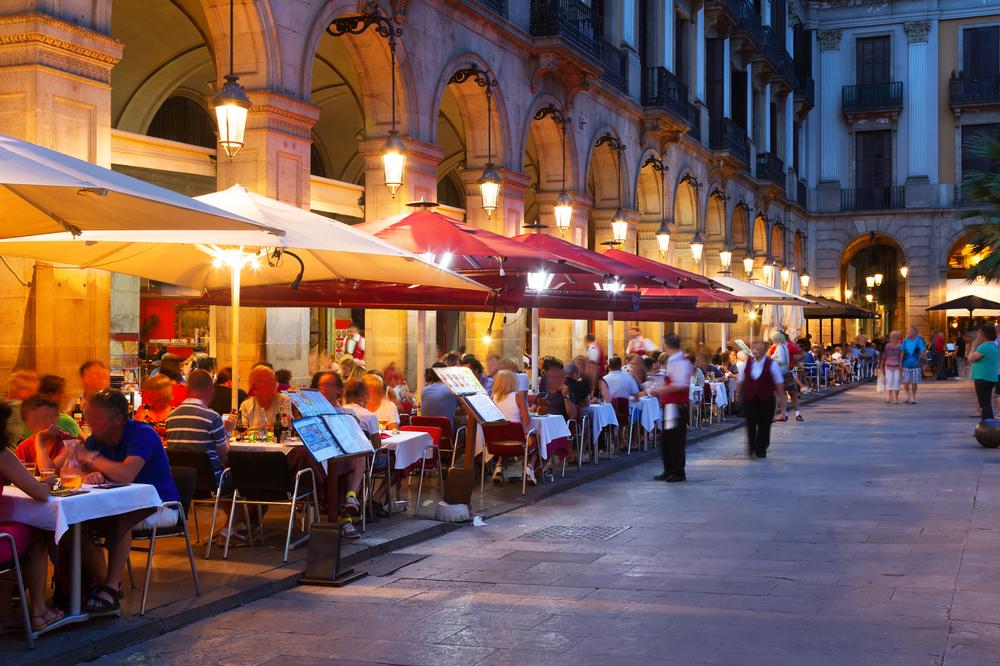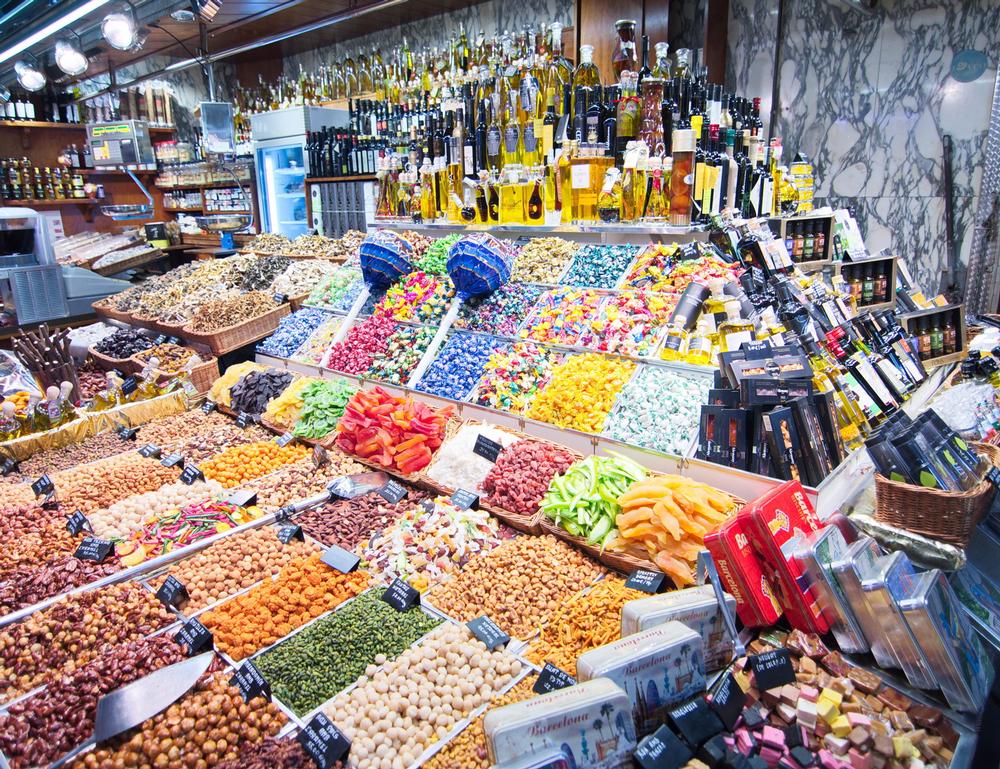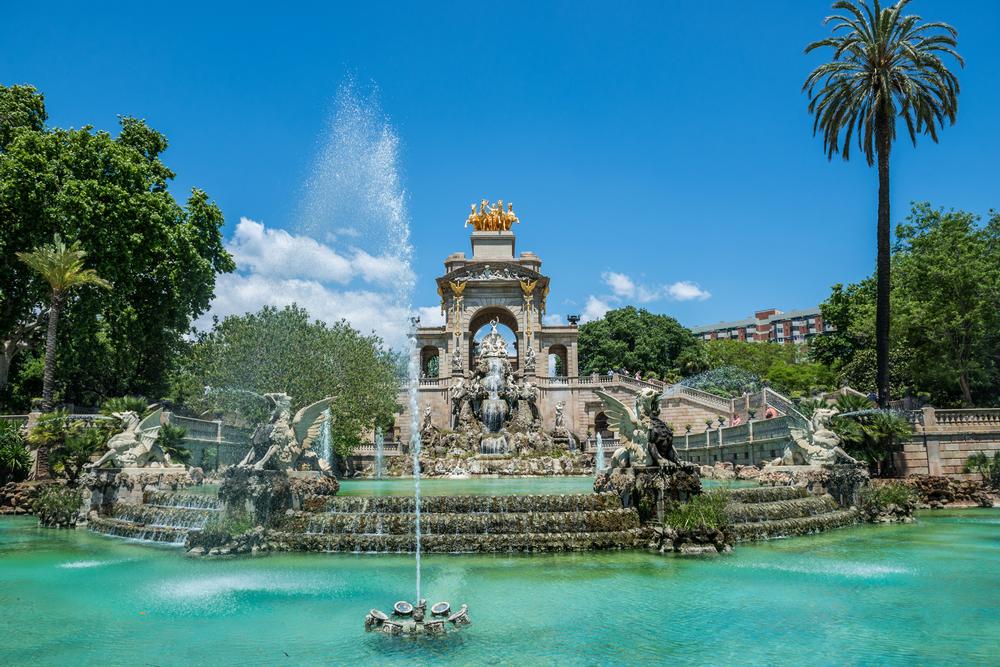Getting ready for beach days and Gaudí strolls? Here’s what to expect from Barcelona’s weather so you can plan like a pro!
If you are in a hurry, I recommend:
Weather by Month:
📔 I get asked this a lot so I decided to include it:
-
What kind of climate does Barcelona have?
- Barcelona has a mild and pleasant Mediterranean climate.
-
Does it snow in Barcelona?
- Even in winter, there are many sunny days in Barcelona.
- It can be chilly to cold, but it rarely snows in Barcelona.
-
When is the best time to visit Barcelona based on weather?
- The best time to visit Barcelona is in early spring and in the fall.
-
What is the weather like in Barcelona during May and June?
- During the months of May to June, the weather is pleasant and there are many festivals in the city.
-
Why do many people visit Barcelona in the summer?
- Many people visit Barcelona during the summer because this is when schools are on breaks.
- Summertime is hot, humid, and crowded.
-
Where do locals go during the summer?
- Locals go elsewhere to find relief and return in the fall when temperatures drop back down into the comfort zone.
-
When is the best time to experience Barcelona’s festivals?
- Ready to experience the best of Barcelona’s festivals?
- Plan your trip between the months of May and June when several festivals take place.
-
How can visitors avoid the summer tourist rush?
- To avoid the tourist rush of summer, a trip between May to June is also the best time to visit.
-
When can travelers find affordable hotel rates in Barcelona?
- For more affordable hotel rates, plan your trip during the lean season from September through December.
-
When are the best travel deals available in Barcelona?
- The best travel deals, however, are to be had in between January and April.
- During this time, the temperature gets a bit chillier, but the sights remain gorgeous.
Plan Your Trip





